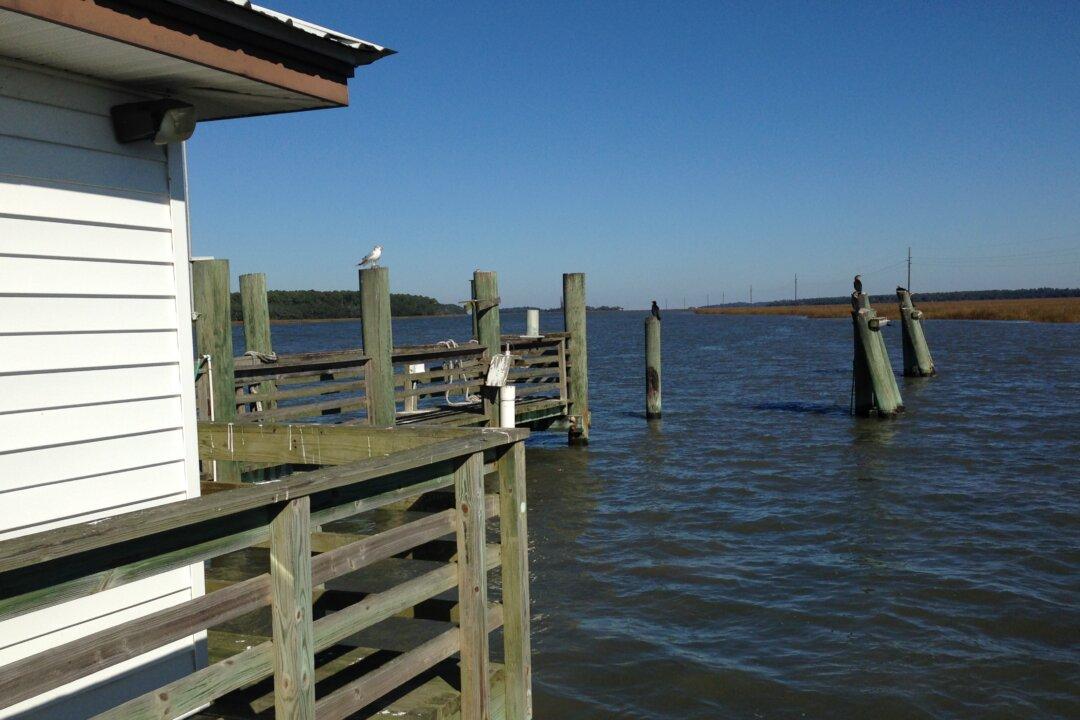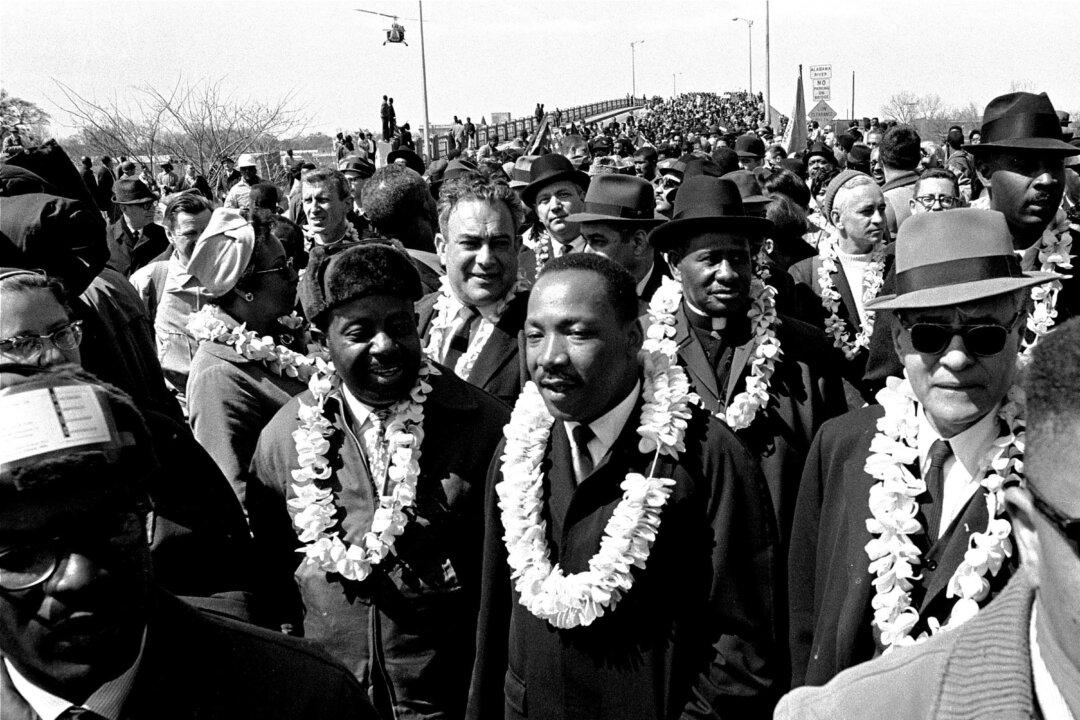For years I'd heard about an island near Savannah that is inaccessible by road, and whose natural habitat was largely undisturbed by modern encouragements. One day, on my return from a trip to Savannah, I convinced my husband to make an unscheduled stop to visit the island.
That day, after speaking to an employee of the Department of Natural Resources, I quickly learned that, as a visitor, there was no such thing as an impromptu visit to the island.
One of the major hurdles for any visitor is the fact that the ferry transports people to the island only on two scheduled trips a day.
Another issue involves what I refer to as the need for a sponsor/guide on the island. Initially, I thought that this sponsor requirement was strange given that I knew the majority of the island was owned by the state of Georgia. Since my subsequent visit to the island, almost a year later, I understand the need. Eventually,I contacted a private tour guide and scheduled a trip last week.
The guide told me to make certain that I list his name on the ferry log as the individual I was scheduled to visit. He told me that the departure time for the ferry was 8:30 a.m., and reminded me that it didn’t return to the mainland until 12:00 p.m.
When my husband and I arrived, the ferry had already docked, and an elderly man standing near the entrance of the boat was quietly playing the harmonica. The music coupled with the view of the water created a serene atmosphere.
As I approached the plank to board, I was pleasantly and firmly told by a park ranger that I needed to sign the log.
I complied and also told the ranger who I was scheduled to meet on the island for a tour.
Once on board, the man playing the harmonica took a seat near us and shared that he grew up, and now lives on the island. Much to our surprise, his demeanor belied his 87 years. Once he told us his age, I was briefly deaf to conversation, because I was busy staring at his face, searching for signs of an age beyond 70.






